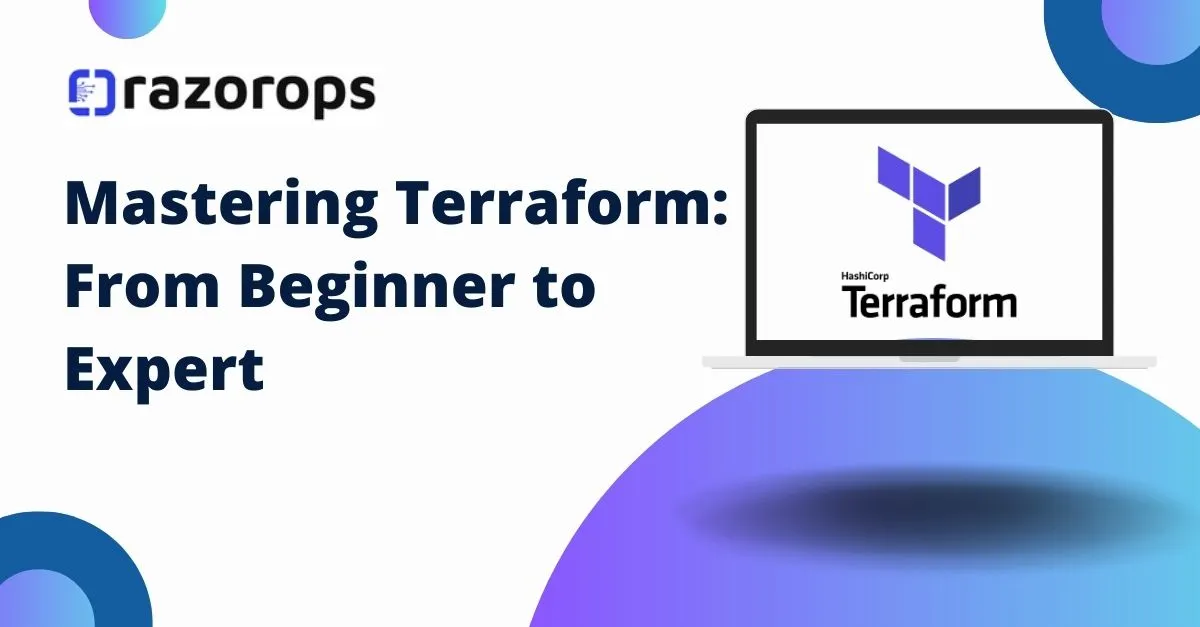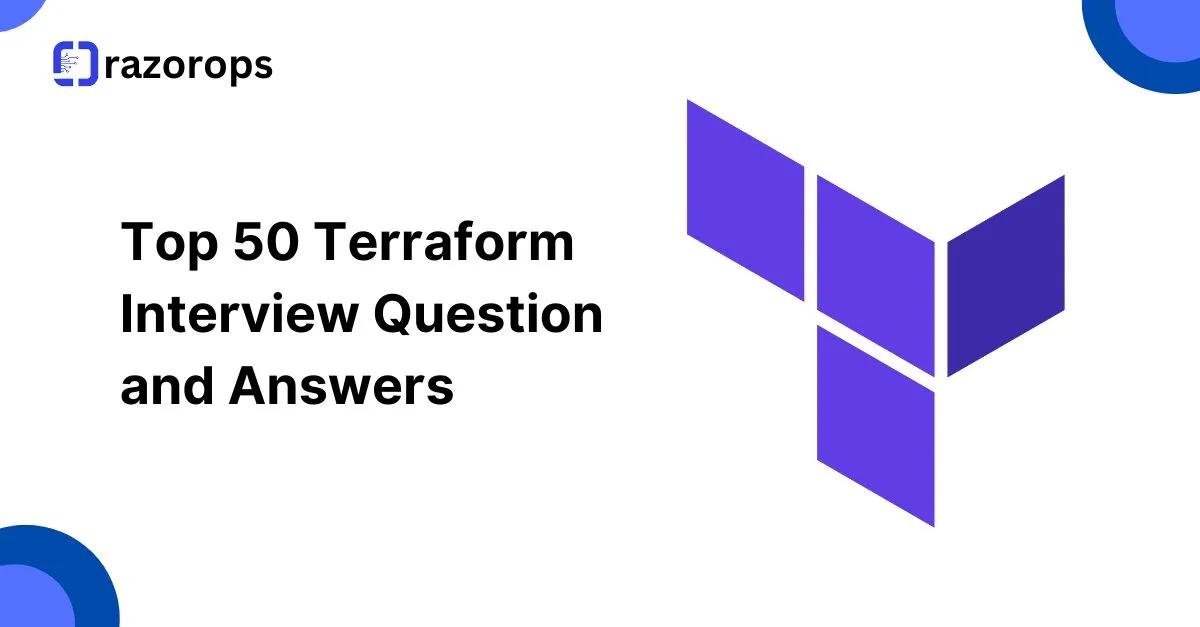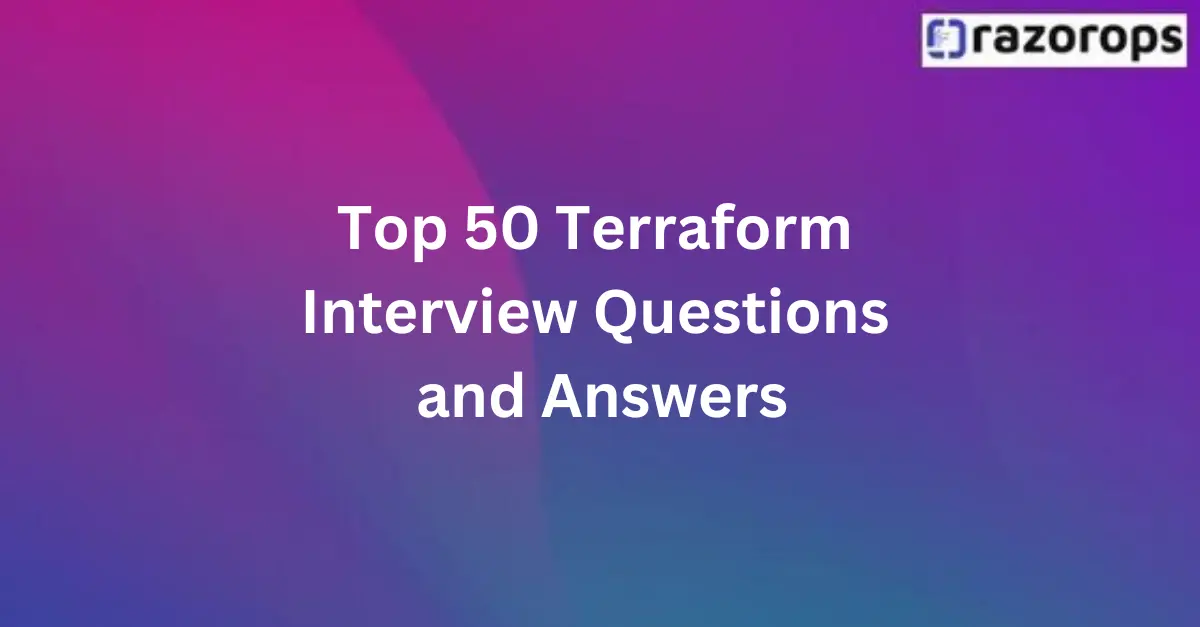Mastering Terraform: From Beginner to Expert

Terraform is an open-source infrastructure as code (IaC) software tool created by HashiCorp. It allows users to define and provision data center infrastructure using a high-level configuration language known as HashiCorp Configuration Language (HCL) or optionally JSON.
Key Features of Terraform:
-
Infrastructure as Code: Terraform enables you to define your infrastructure in configuration files that describe the topology of cloud resources. This makes it easy to version, share, and reuse configurations.
-
Resource Management: It manages both cloud and on-premises resources, including servers, databases, and networking components.
-
State Management: Terraform keeps track of the state of your infrastructure. It uses this state information to plan changes and ensure that your infrastructure matches the desired configuration.
-
Execution Plans: Before making changes, Terraform generates an execution plan that shows what it will do. This helps in reviewing and understanding the changes before applying them.
-
Modular and Scalable: Configurations can be broken down into reusable modules, making it easier to manage complex infrastructures.
-
Provider Ecosystem: Terraform has a large ecosystem of providers, allowing it to interact with many cloud platforms (like AWS, Azure, Google Cloud), as well as other services and APIs.
Use Cases:
- Automating Infrastructure Provisioning: Quickly spin up and manage infrastructure resources in a consistent manner.
- Multi-Cloud Management: Manage resources across multiple cloud providers with a single configuration language.
- Version Control for Infrastructure: Store your infrastructure configurations in version control systems like Git to track changes over time.
- Disaster Recovery: Easily recreate infrastructure in a different region or cloud provider in case of failures.
Terraform is widely used by DevOps teams to improve productivity, ensure consistency, and automate the management of their infrastructure.
What is Infrastructure as Code?
Infrastructure as Code (IaC) is a method of managing and provisioning IT infrastructure through code, rather than manually configuring each component. Instead of making changes through a graphical user interface (GUI), you define your infrastructure as code, and use tools like Terraform, CloudFormation, or Pulumi to automate the deployment and management of that infrastructure.
Essentially, you’re treating your infrastructure as a software project, with code as the blueprint for how it should be set up and maintained.
Here’s a breakdown of key aspects:
- Infrastructure as a Configuration:
IaC enables you to define your entire IT infrastructure as code, including servers, networks, storage, databases, and applications. You write code in a declarative language, specifying the desired state of your infrastructure, and the IaC tool takes care of making it happen.
- Version Control and Collaboration:
By treating infrastructure as code, you can version control your IaC scripts and collaborate effectively with your team. This allows for better tracking of changes, easier rollback to previous states, and smoother integration into your software development lifecycle.
- Automation and Self-Healing:
IaC tools can automate the deployment, configuration, and management of your infrastructure, reducing manual errors and saving time. They can also help create self-healing systems that automatically detect and fix issues, ensuring your infrastructure remains stable and reliable.
- Scalability and Consistency:
With IaC, you can easily scale your infrastructure up or down as needed, and maintain consistency across your deployments. Whether it’s deploying a new application or scaling up a production environment, your IaC scripts ensure that everything is set up correctly and efficiently.
- Increased Efficiency and Reduced Errors:
Automating infrastructure management through code reduces the likelihood of human error, ensuring consistency and reducing the time spent on manual tasks. This allows you to focus on more strategic aspects of your work.
Examples of IaC tools:
-
Terraform: Developed by HashiCorp, Terraform is an open-source infrastructure as code tool that allows you to define infrastructure in a declarative configuration language called HCL (HashiCorp Configuration Language). It supports multiple cloud providers, on-premises environments, and can be integrated with various CI/CD pipelines.
-
CloudFormation: Provided by Amazon Web Services (AWS), CloudFormation is a service for creating and managing AWS resources as code. You define your infrastructure as a JSON or YAML file, and CloudFormation takes care of provisioning and managing those resources on your behalf.
-
Pulumi: A modern IaC tool that enables you to define infrastructure in familiar programming languages like Python, Go, JavaScript, and C#. It supports multiple cloud providers and on-premises environments, and integrates well with your existing development workflows.
-
Ansible: While primarily known as an IT automation tool, Ansible can also be used for IaC. You use playbooks, written in YAML, to define the desired state of your infrastructure, and Ansible takes care of configuring and managing those resources.
-
Chef: Another popular configuration management tool, Chef allows you to define your infrastructure as code using a Ruby-based DSL called Chef DSL. It supports multiple platforms and cloud providers and is well-suited for large-scale deployments.
-
Puppet: Similar to Chef, Puppet uses a declarative language to define your infrastructure as code. It supports multiple platforms and cloud providers and can be integrated with various CI/CD pipelines.
-
SaltStack: A configuration management tool that enables you to define your infrastructure as code using a Python-based DSL. It supports multiple platforms and cloud providers and has strong capabilities for remote execution and automation.



